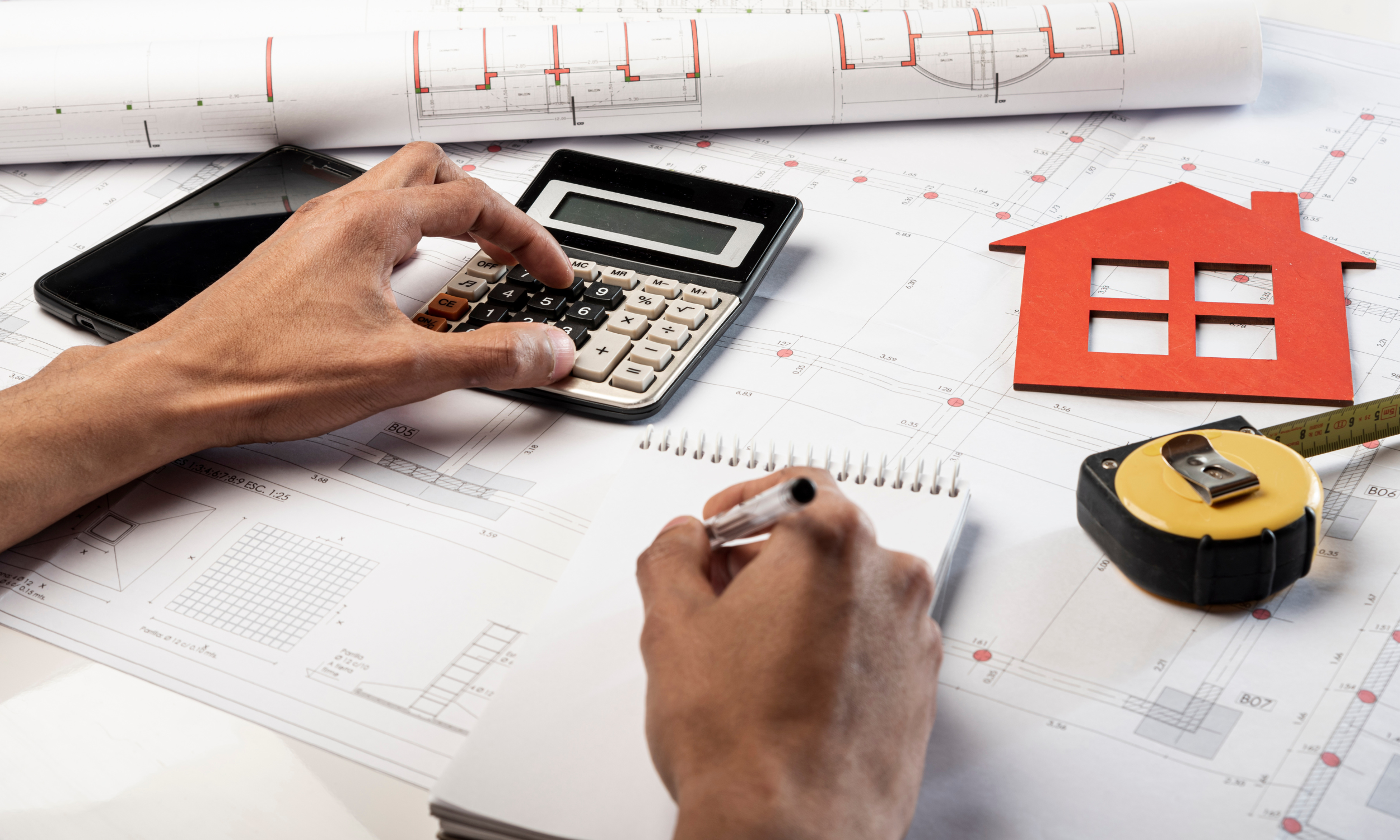How to Fight Excessive Property Taxes During COVID-19
Cash-strapped municipalities may look to extract more revenue from commercial properties.
It would be difficult to conceive of a more impactful event for the commercial real estate market than the coronavirus pandemic. Short of finding a cure for COVID-19, the tremendous state of flux in the sector will test the resourcefulness of commercial property owners and operators for months or years to come.
Market changes always create winners and losers; the more dramatic the shift, the greater the wins and losses. In the current market shakeout, commercial property owners are asking how to best position themselves to land on the winning side. The old standby that "cash is king" is sure to apply as the economic fallout settles, and reducing the real estate tax burden is a great way to conserve capital.
But it won't be easy. Taxpayers who plan to contest high taxable values on their commercial properties face an uphill climb. Here are some common difficulties to expect, along with opportunities to consider in tax appeals.
Valuation Date Dilemmas
The first problem for many owners who want to reduce their tax burden relates to the timing of the pandemic. Most U.S. communities began feeling the impact of COVID-19 in March or later. However, most jurisdictions had already assessed properties with a fixed valuation date of January 1, 2020. Also, most assessors are unwilling to consider the coronavirus in valuation until January 2021.
Damage Provisions
Some jurisdictions have statutory provisions that may apply to properties for the damage done by COVID-19. There is a push to clarify Ohio's statute to recognize the effects of COVID-19, for example. There are similar provisions under consideration in Illinois. Additionally, Pennsylvania has valuation dates that could prove useful for taxpayers. NAIOP and other real estate organizations have supported these actions at various levels. Owners should determine whether they can claim pandemic-related damages in contesting tax bills they are now receiving.
What about next year?
Even if a taxpayer cannot pursue a challenge on the current assessment, they can take steps to reduce future assessments. This means meeting with the local assessor to establish a proper assessment before it becomes final.
For taxpayers who choose to follow this advice and address future assessments now, make sure to treat any informal meeting as if it were a hearing. Come prepared — with accurate data demonstrating the impact on property value. Discussing anecdotally that stay-at-home orders and other restrictions affected the property value is insufficient — these circumstances are the reason the taxpayer can begin the conversation, but not the substance of a compelling case for revaluation.
Substantiate arguments. Show the assessor hard numbers demonstrating how COVID-19 or the post-COVID economy affected the specific property. Have social-distancing measures, residential migration or other changes created density challenges? Is there a measurable decline in occupier demand, or a decline in foot traffic and business activity at tenants' businesses? What is the economic feasibility of the tenant base? Whatever the reasons for revisiting the valuation, the property owner should be prepared to show the impact with the same supporting material they would use to pitch the project to investors or lenders. Use facts and figures. Bring in experts. Many taxpayers are fighting for the survival of their investment, and they should act accordingly.
Vet the team. Insist that any outside tax counsel or consultants understand the taxpayer's position. This is not business as usual, so educate advisors about the real estate's value. Work as a member of the team and communicate with its members, from local counsel to the valuation expert, and talk with the individual who will meet with the assessor. Formulate a plan together and then be flexible, allowing people to pivot when they see something changing. If the team understands how to determine assessed value and understands the owner's position, then trust them to make changes in the moment as they see fit.
Anticipate challenges. How can a taxpayer prove what the assessment should be amid so much uncertainty, and with little to no sales evidence to assist in determining value? Always attack the obvious head on. For instance, if the price paid for a recently purchased property is unhelpful, analyze the sale using the same expectations established in due diligence. This may eliminate the sales price as an indicator of market value, allowing the team to then present more beneficial and relevant points. Use the law, use facts and use prior experience where similar facts lined up.
Prepare for resistance. State and local governments are in a tough spot. All over the country, there are budgetary shortfalls at the local level because of the pandemic. Many communities and schools rely on income tax, sales tax and property tax, but in the current environment there is little sales tax revenue, and it appears income tax will take a hit. Property tax is all that is left.
Appeals will not be easy. The team's appraiser must be able to establish a value and defend it. Their testimonial skills, whether in court, at a hearing or informally, are as important or more important than the valuation itself. Also, contact a local expert; market value may not be the only available avenue to a fair and uniform assessment. Owners fortunate to have their commercial properties fairly and uniformly assessed (and not negatively impacted in the pandemic) can perhaps refrain from filing an appeal. In a state where a board or court can raise assessments, an unwarranted appeal may lead to an increase in assessment, although in most states, increased assessment from a tax appeal is rare.
Contact Us
If you're facing property tax questions or concerns, we are here to help. Reach out anytime for personalized advice and solutions tailored to your needs.
This article was originally Published Property Tax Articles
By J. Kieran Jennings, Esq. and Greg Hart, Esq., CMI, as published in the Fall issue of Development magazine, published quarterly by NAIOP






